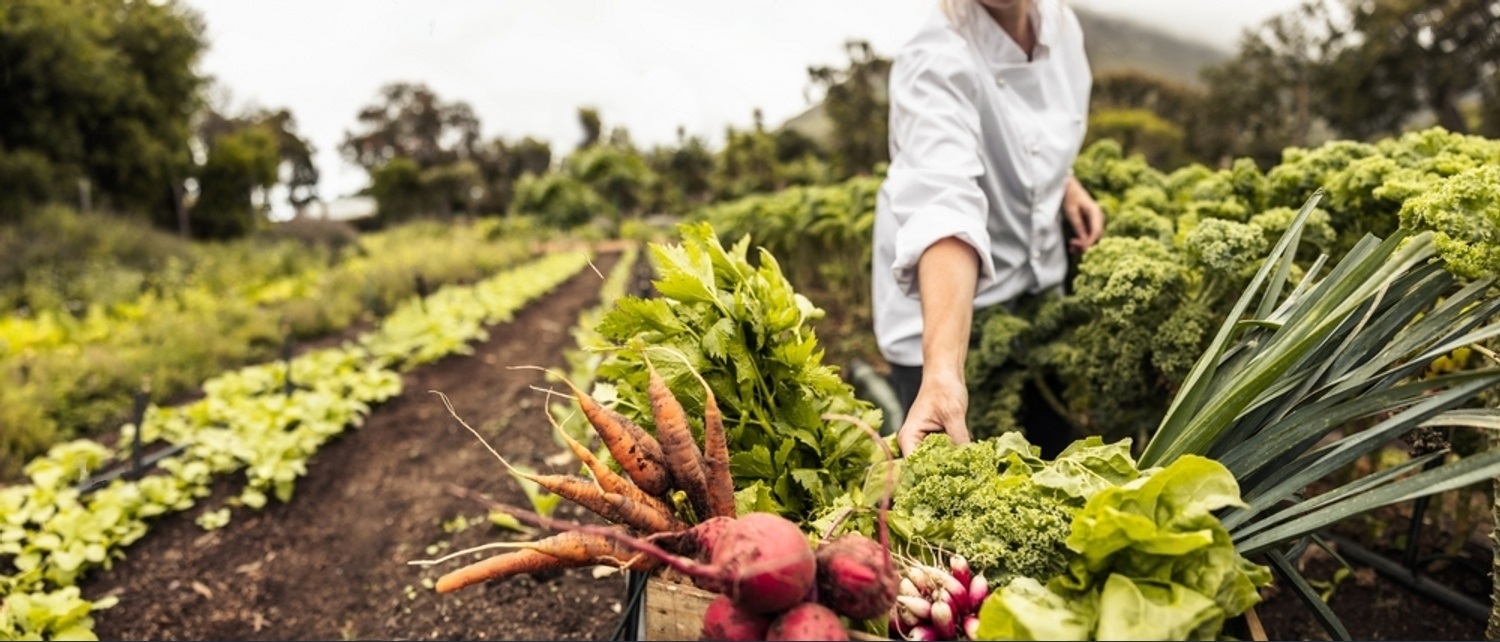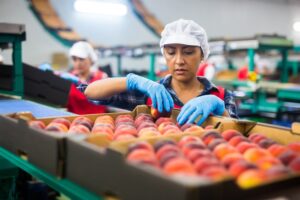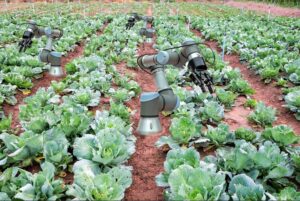In an ever-changing world, where the population is steadily increasing and resources are becoming scarcer, it is imperative that we rethink how we produce and distribute food. The future of our planet hinges on our ability to develop sustainable and innovative solutions in the realm of food and agriculture. This article delves into some of the most groundbreaking advancements in these fields, shedding light on how they are shaping the way we nourish our planet for generations to come.
I. Precision Agriculture: A Technological Revolution
Precision agriculture, often referred to as “smart farming,” represents a pivotal shift in the way we cultivate crops and raise livestock. This revolutionary approach harnesses technology to optimize farming practices, resulting in increased yields and reduced environmental impact.
A. Remote Sensing and Data Analytics
- Remote sensing technologies, such as drones and satellites, provide farmers with invaluable data on crop health, soil conditions, and pest infestations.
- Data analytics and machine learning algorithms process this information to make real-time decisions about irrigation, fertilization, and pest control.
B. Benefits of Precision Agriculture
- Enhanced crop productivity through targeted resource allocation.
- Reduced water and fertilizer usage, minimizing environmental damage.
- Lower operational costs and increased profitability for farmers.
II. Vertical Farming: Growing Upward, Not Outward
Traditional agriculture often requires vast expanses of land, leading to deforestation and habitat destruction. Vertical farming challenges this paradigm by stacking crops in vertically inclined structures, which promises a multitude of benefits.
A. Sustainability and Resource Efficiency
- Vertical farms use minimal land and water resources compared to traditional farming.
- Controlled environments reduce the need for pesticides and herbicides.
- Year-round crop production mitigates the effects of seasonal weather patterns.
B. Urban Agriculture
- Vertical farms can be established in urban areas, reducing the distance food travels from farm to table.
- Fresher produce, lower transportation emissions, and increased food security for urban populations.
III. Cellular Agriculture: Lab-Grown Meat and More
The concept of lab-grown or cellular agriculture has taken center stage in recent years. This innovation presents a compelling alternative to traditional livestock farming and holds the promise of addressing many ethical and environmental concerns.
A. Cultured Meat
- Cultured meat production involves growing animal cells in a lab setting, eliminating the need for raising and slaughtering animals.
- Reduced greenhouse gas emissions and ethical treatment of animals.
B. Sustainable Food Ingredients
- Cellular agriculture can also produce dairy products, eggs, and other animal-derived ingredients without the associated environmental impact.
IV. Sustainable Packaging Solutions
In our quest for sustainable food production, we must not overlook the importance of sustainable packaging. Innovations in this area are revolutionizing how we store and transport food, minimizing waste and environmental harm.
A. Edible Packaging
- Edible packaging materials, often made from seaweed or other natural substances, reduce plastic waste.
- These materials are biodegradable, minimizing their environmental impact.
B. Smart Packaging
- Smart packaging technologies incorporate sensors to monitor food freshness and safety.
- These innovations can help reduce food waste by providing real-time information to consumers.
V. Blockchain in Agriculture: Transparency and Traceability
Blockchain technology has found a home in the food and agriculture industry, offering unprecedented transparency and traceability throughout the supply chain.
A. Food Safety and Quality Assurance
- Blockchain enables real-time tracking of food products from farm to table, reducing the risk of contamination and fraud.
- Enhanced food safety measures and improved consumer confidence.
B. Supply Chain Efficiency
- Streamlined supply chains reduce inefficiencies, benefiting both producers and consumers.
- Better market access for small-scale farmers through increased transparency.
Takeaway
As we confront the challenges of feeding a growing global population while preserving our planet’s resources, revolutionary innovations in food and agriculture have emerged as beacons of hope. Precision agriculture, vertical farming, cellular agriculture, sustainable packaging solutions, and blockchain technology are just a few examples of the groundbreaking developments that promise a more sustainable, efficient, and equitable future for our planet.
Embracing these innovations requires collaboration among governments, businesses, and individuals, as well as a commitment to sustainable practices and ethical considerations. Together, we can nourish our planet and create a brighter future for generations to come, one innovation at a time.




